Public fatigue and resistance to piecemeal public policy are ill-suited to resist the current resurgence of the pandemic. Now increasingly identified as a syndemic – it will take more than a vaccine to right the economic, societal and public health wrongs of Covid-19.
- Globally, the pandemic is surging (but with a lower mortality rate than in the spring). Over the past three days, there have been more than one million new COVID-19 cases – the highest total ever in a comparable timespan. The resurgence is particularly marked in Europe and the US, but the outbreak also continues uninterrupted in countries like Brazil and India. The WHO (World Health Organisation) estimates that about 10 percent of the world’s population may have already contracted COVID-19 – this is well below the herd immunity rate normally defined at around 60 percent of any given population.
- Most economists and business strategists have been modelling their forecasts based upon the expectation of a ‘just’ one round pandemic shock. This was wrong. Much of the world (Asia being the exception) is dealing with a one-round shock with a very long tail (like the US or Latin America) or a multi-round shock (like Europe). Economic and societal predictions need to be updated accordingly.
- As the COVID crisis deepens, a “pandemic fatigue” kicks in. This phenomenon is particularly visible in democracies where the ‘spring consensus’ of making personal sacrifices to fight the pandemic is now coming under pressure and fracturing. As a result, governments are doing their best to contain the virus in a way that the public will tolerate and that won’t damage the economy too much. The result is a highly flawed equilibrium that leaves many people angry or confused. Increasingly, rules made by governments are being challenged in court by local authorities. The governance crisis caused by the pandemic will intensify in the coming months.
- We tend to focus on the lethality rate of COVID-19 and the crude observation that an overwhelming majority of deaths caused by COVID occurs among those aged 75+ (about three quarters globally). From an economic and societal standpoint, what matters is the morbidity rate – the frequency or proportion of people infected by COVID and affected by it.
- An increasing body of research shows that the long-term effects of the infection can be manifold, with recurrent illness and symptoms ranging from diabetes to heart and mental conditions. Therefore, the concern is growing that COVID-19 will lead to “a significant surge of people battling lasting illnesses and disabilities” (Nature). Join us this Thursday, 15 October, for an “Ask our Expert” conversation, to get a better understanding of what these morbidity risks are and how they can be mitigated. Ask our Expert conversations can be joined, free of charge, by our MB Connect and MB100 members. Contact the MB team to find out more at info@monthlybarometer.com .
- Food for thought: Richard Horton (The Lancet’s editor) argues that COVID-19 is a syndemic rather than a pandemic. Contrary to a pandemic seen as a purely biomedical problem, a syndemic is characterised by biological and social interactions that increase a person’s susceptibility to falling ill and also worsen that person’s health outcome. This means that the single-minded pursuit of a vaccine won’t suffice, because controlling the COVID infection without considering the factors – both medical (obesity, diabetes, high blood pressure) and social (poverty and inequality) – that contribute to its impact won’t properly address the monumental economic and societal crisis ahead of us.
- All the above suggests that more fiscal stimulus is coming. Adding debt to debt poses a major problem down the line, but not doing so could cause economic implosion and social disruption on a major scale. Watch the countries that prevaricate in terms of fiscal support – this is where economic and political risk will be most acute in the coming months.


